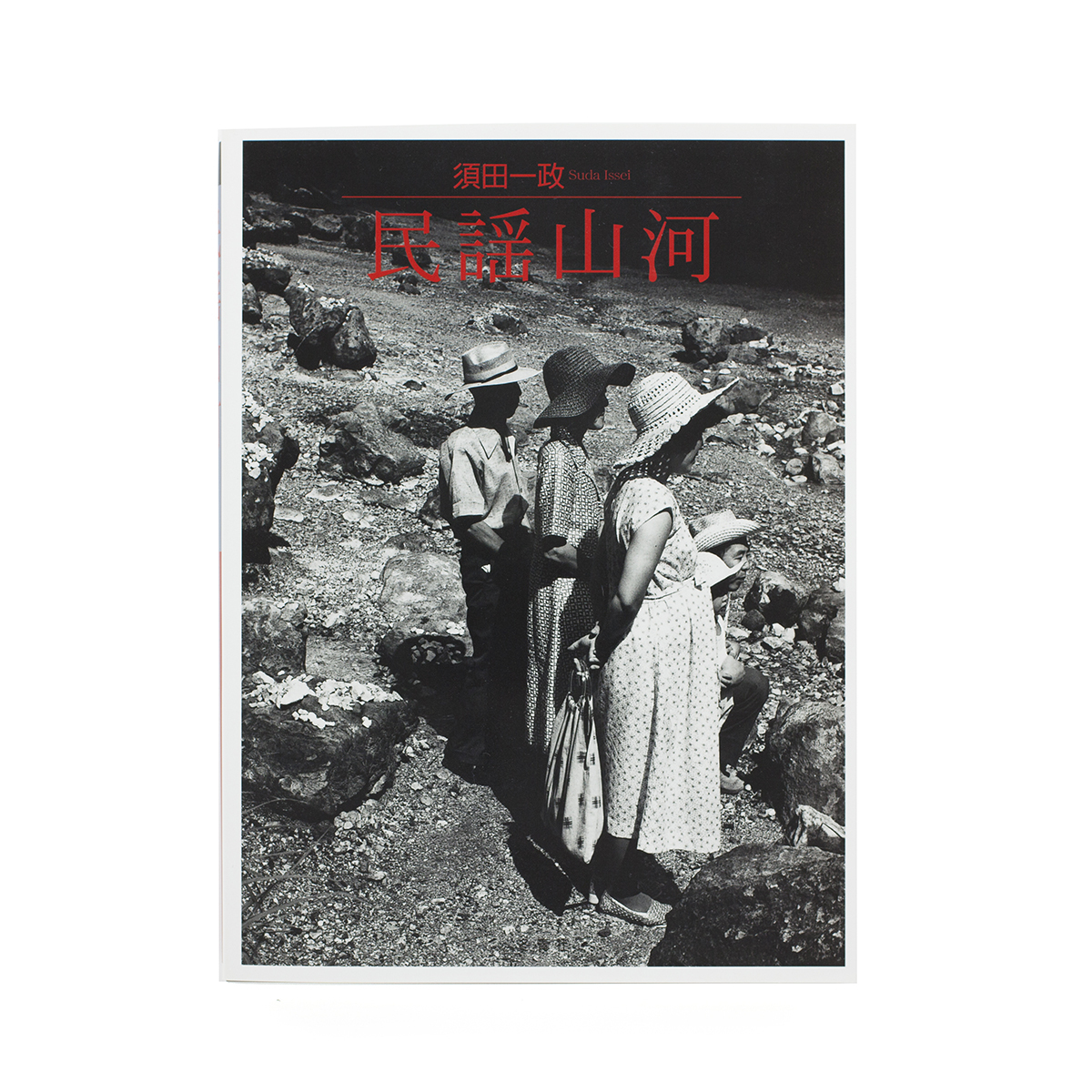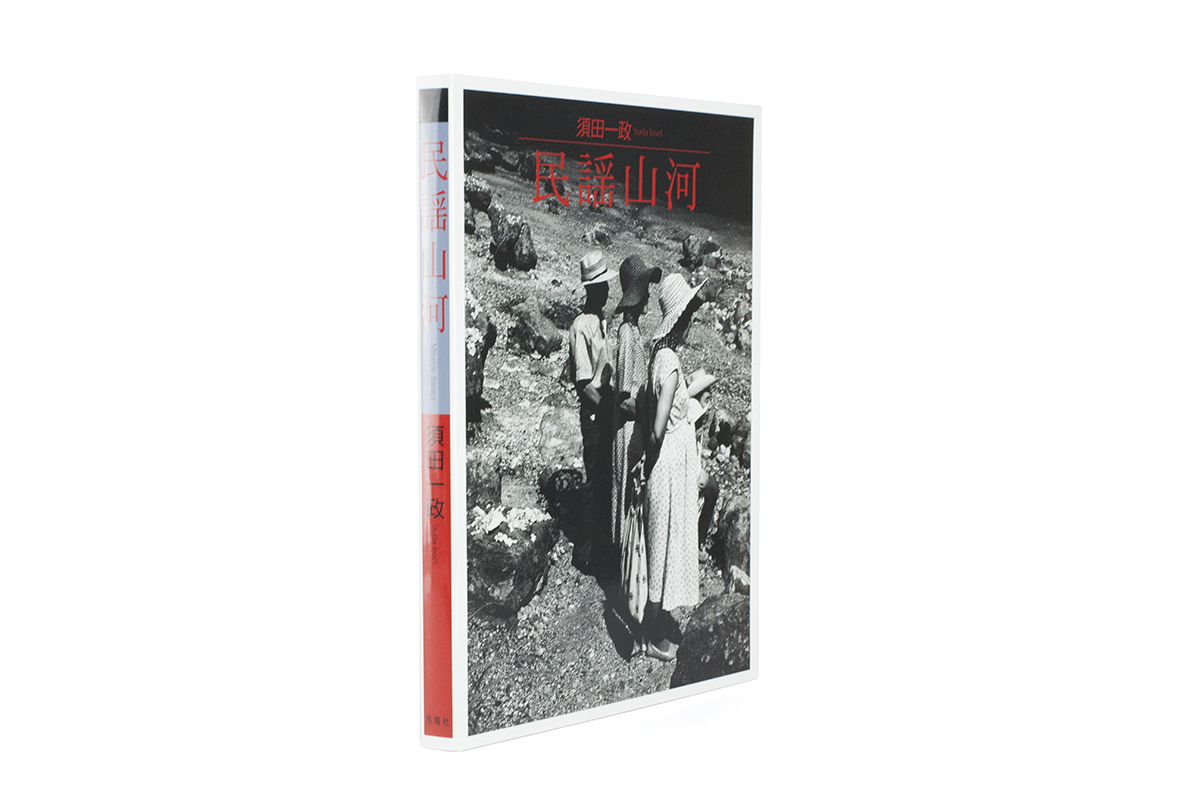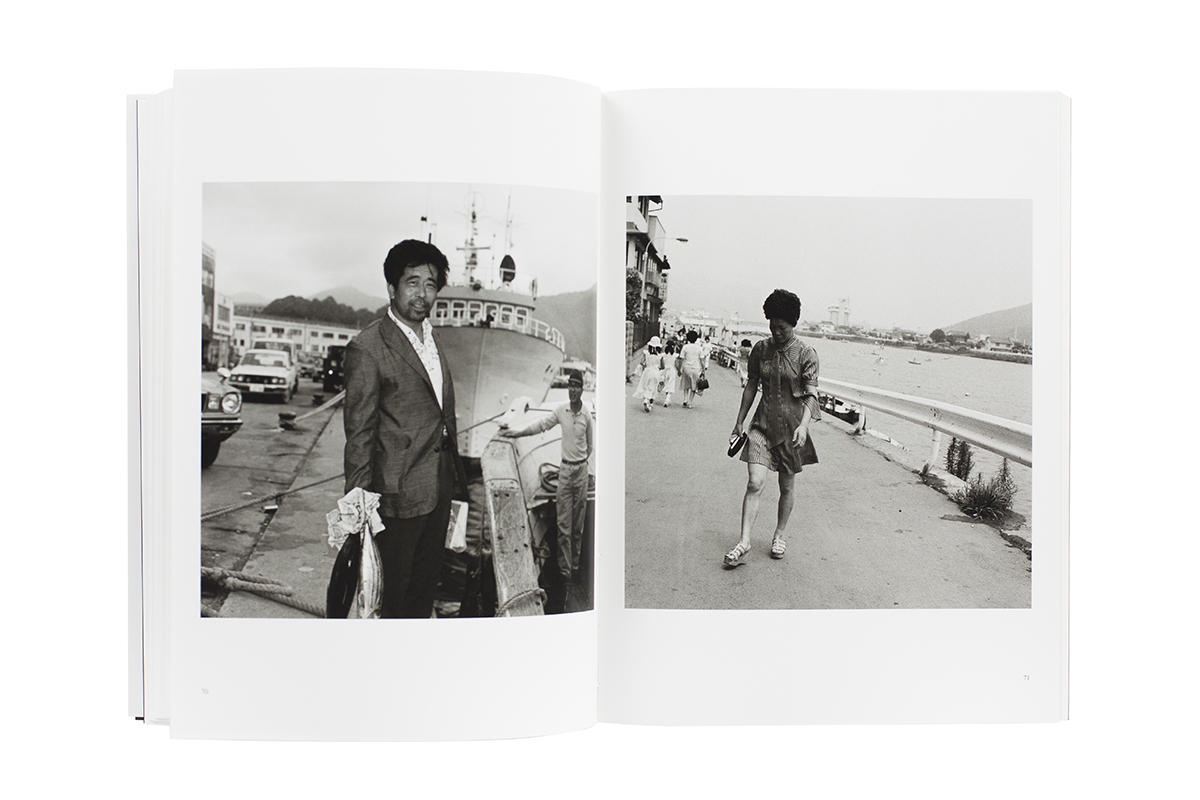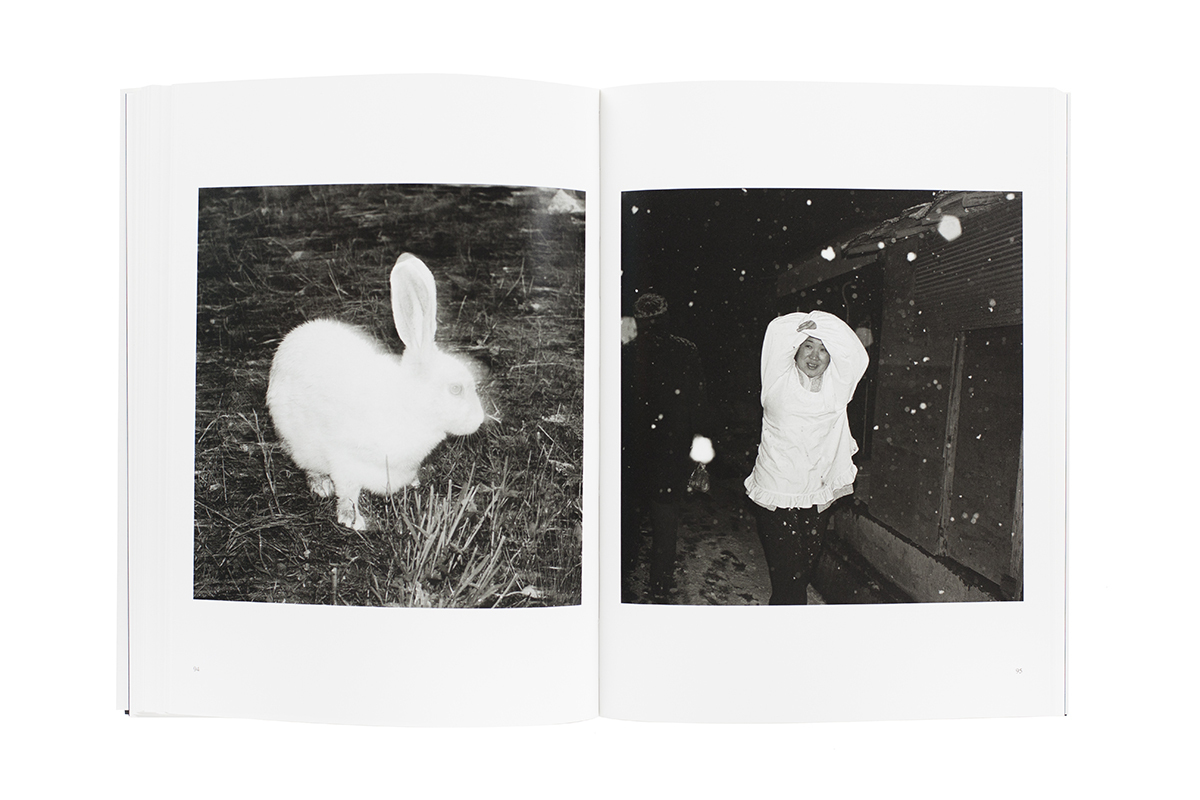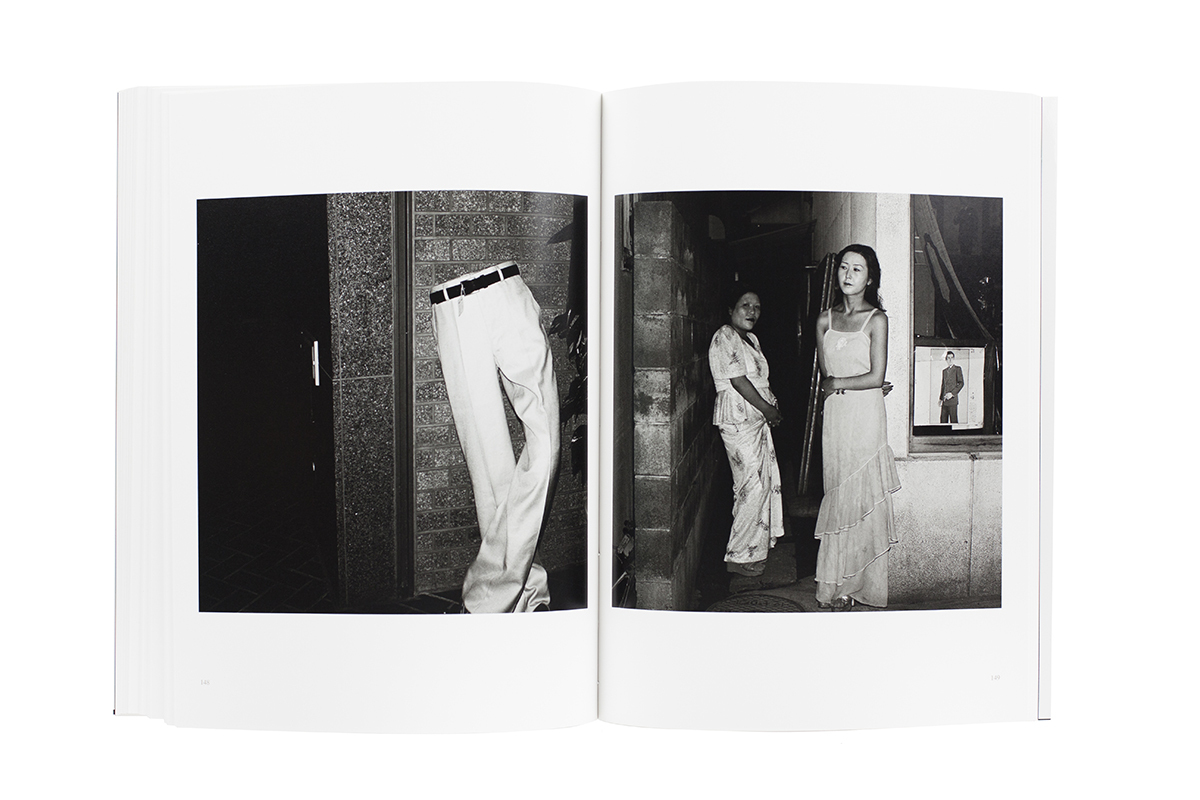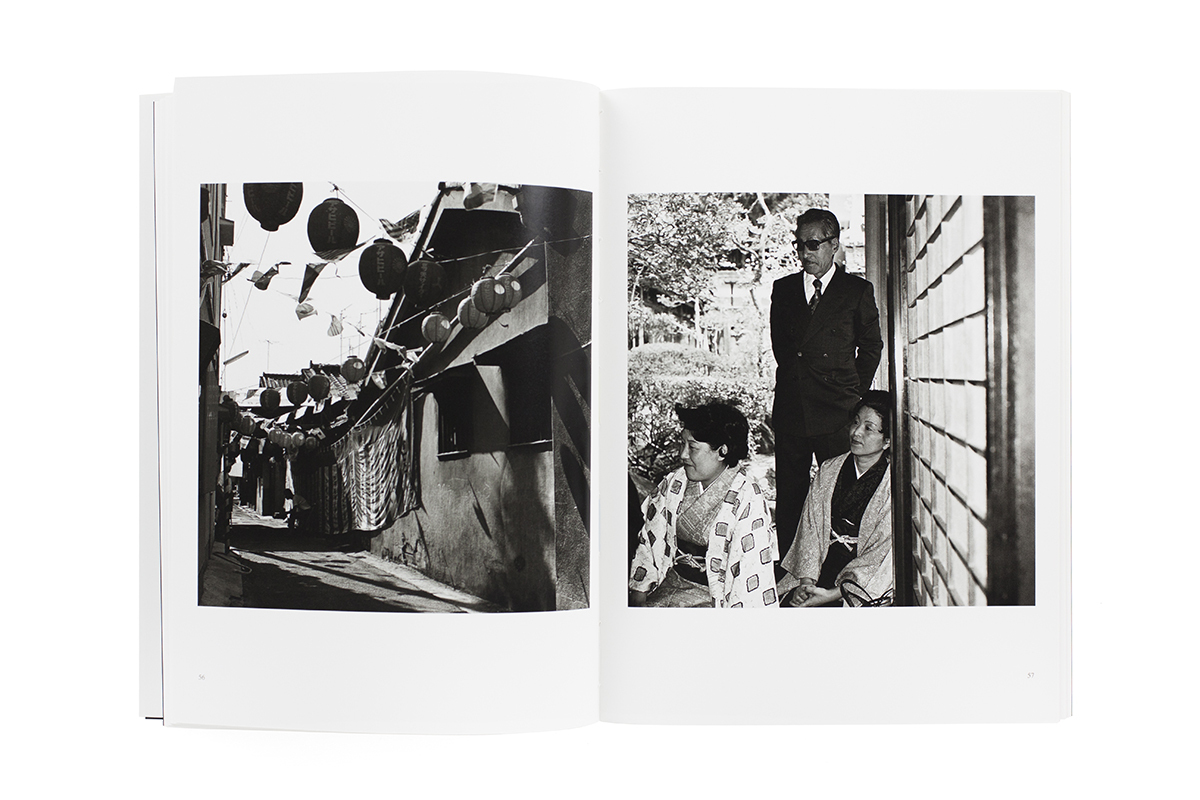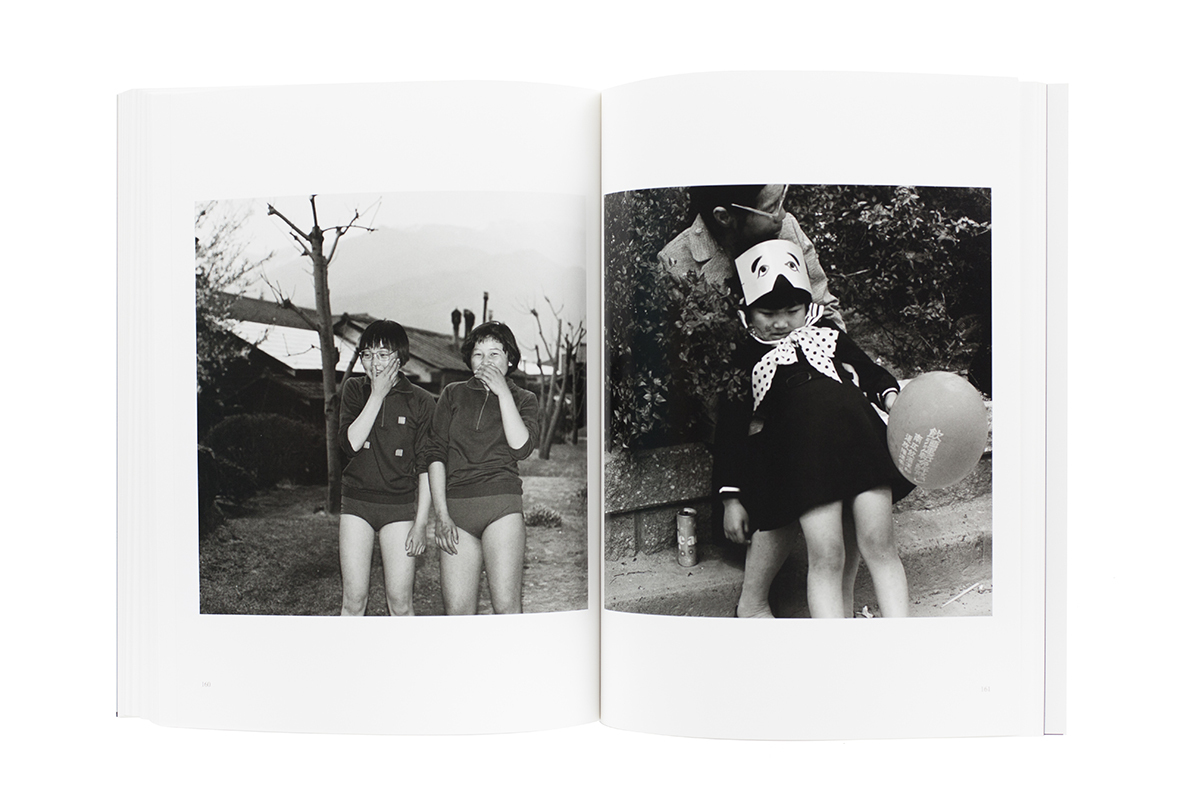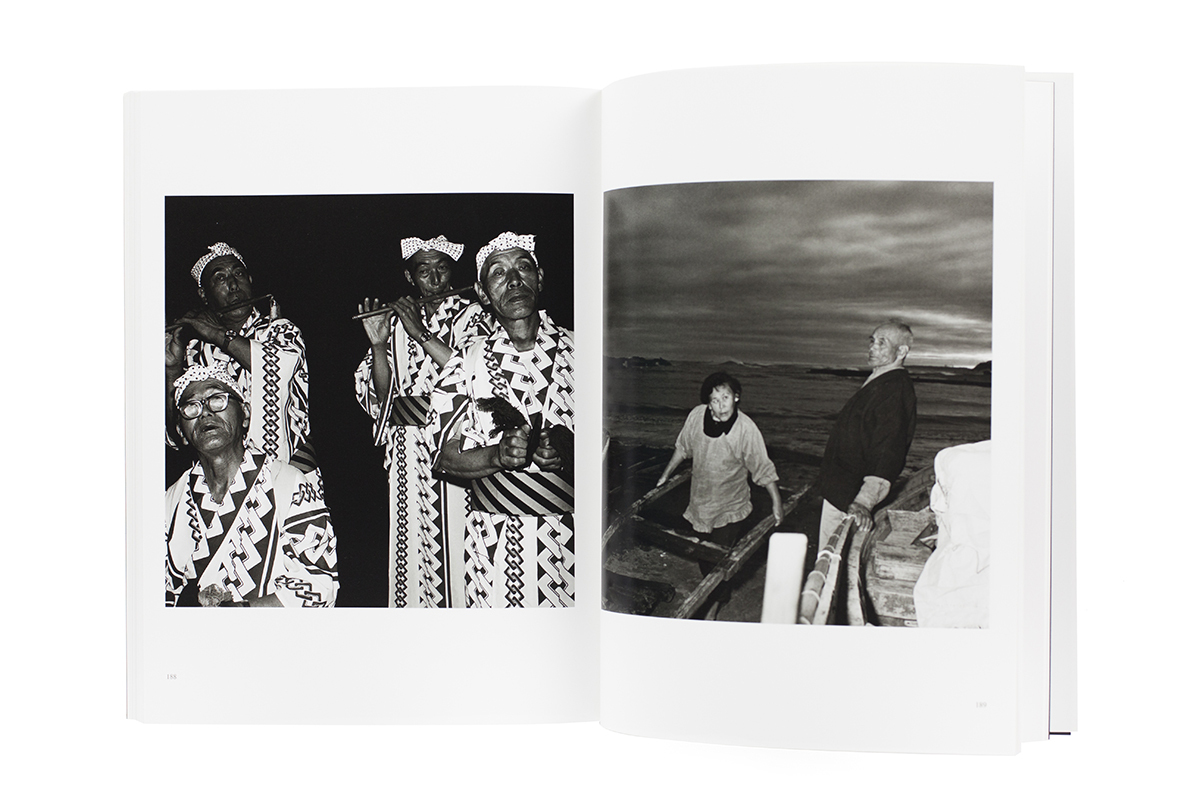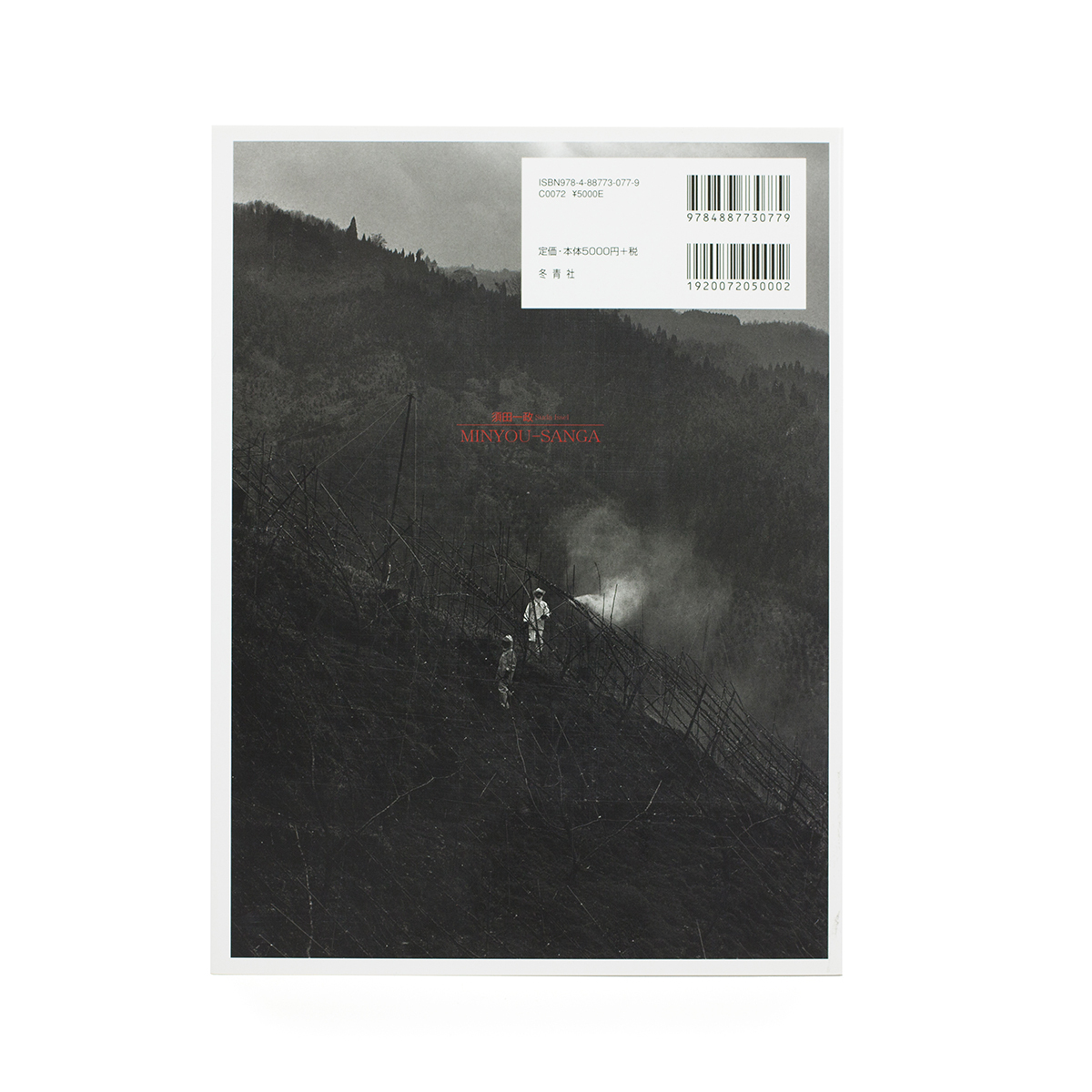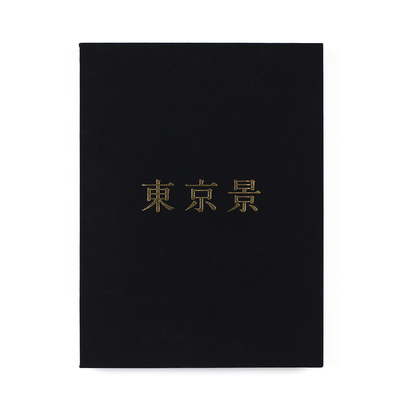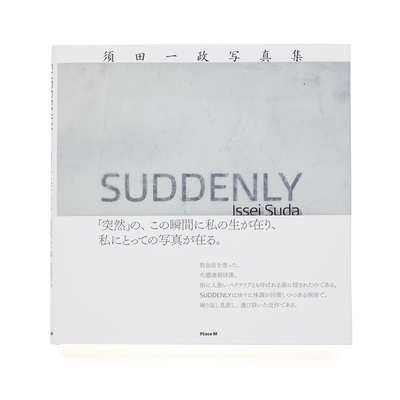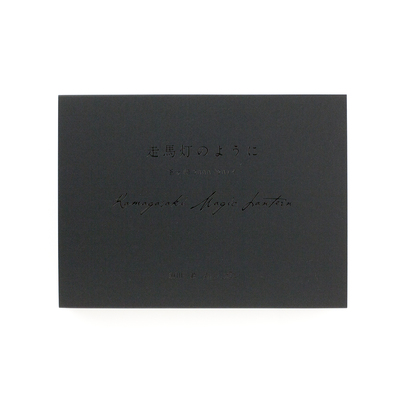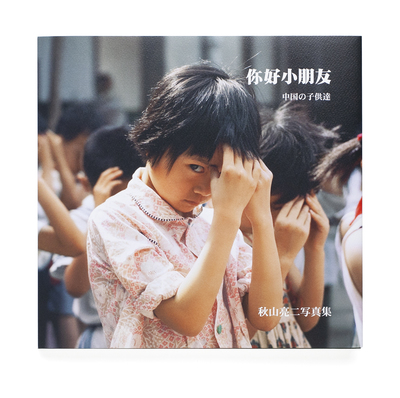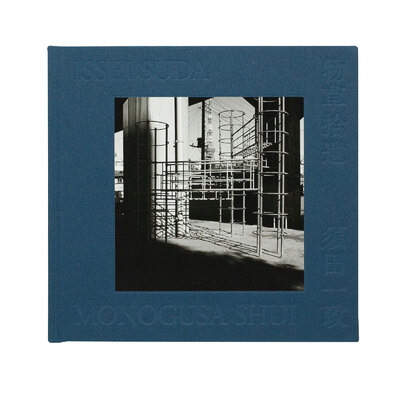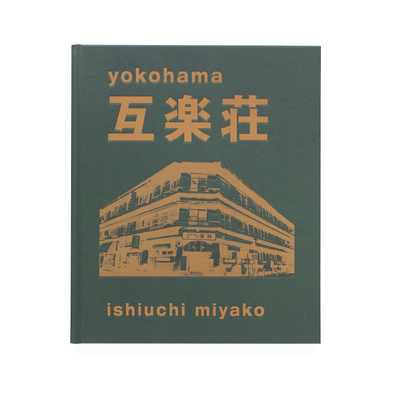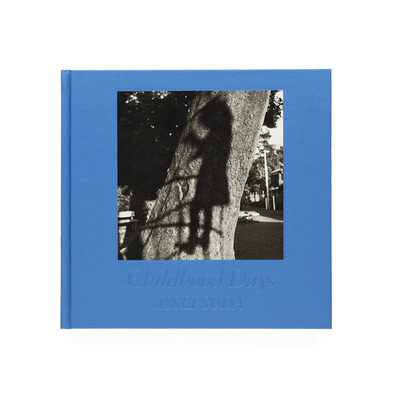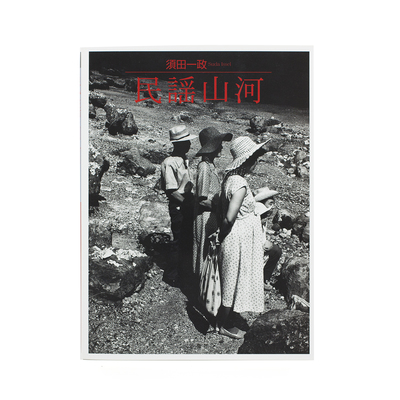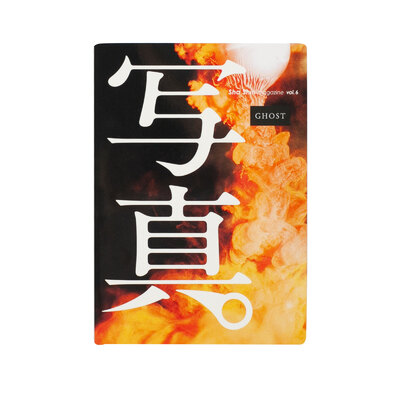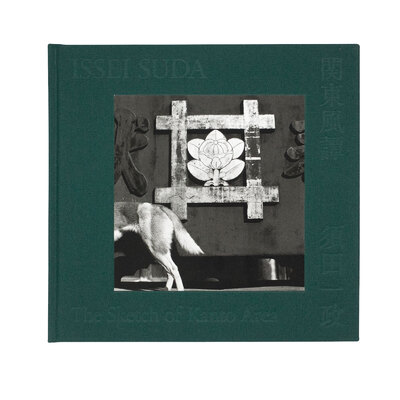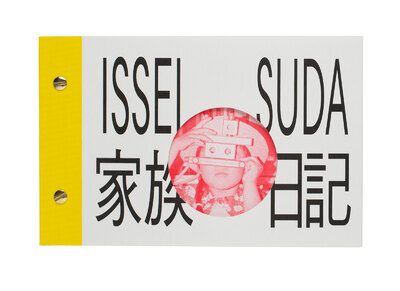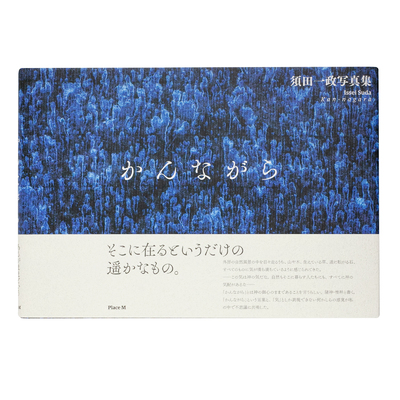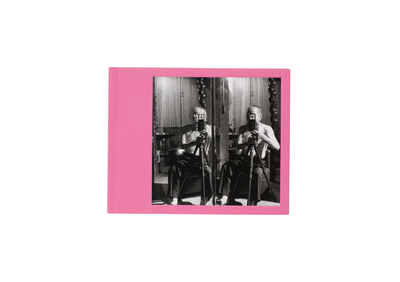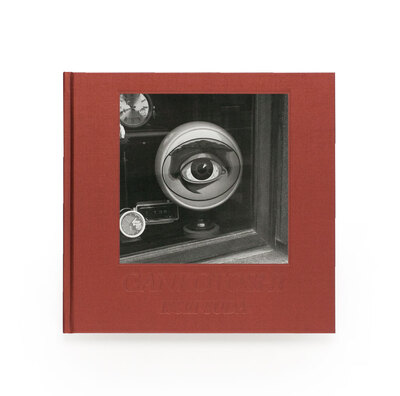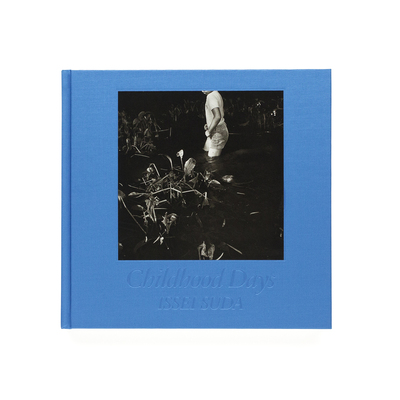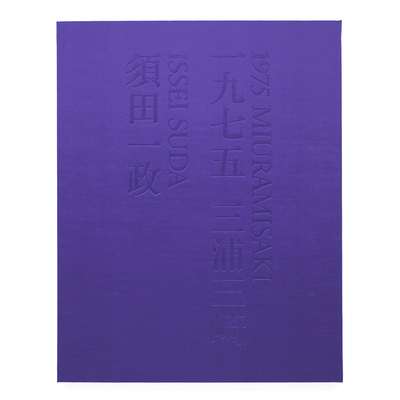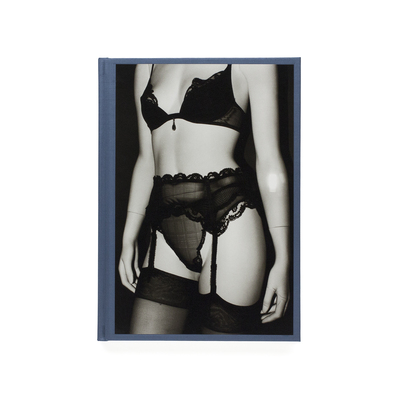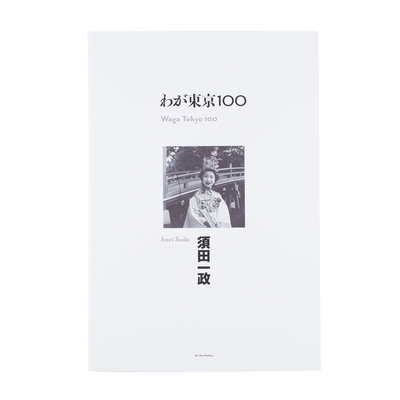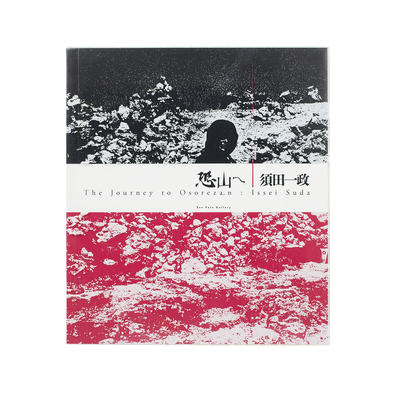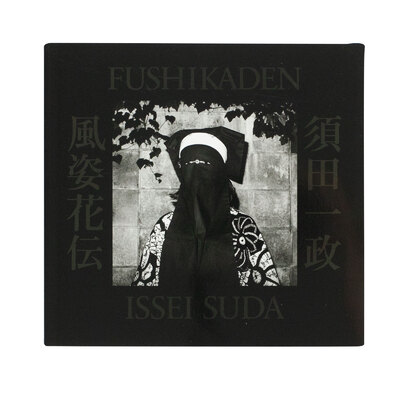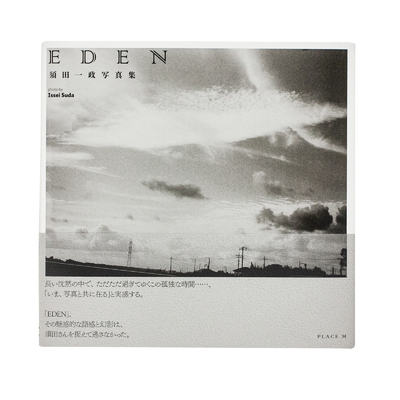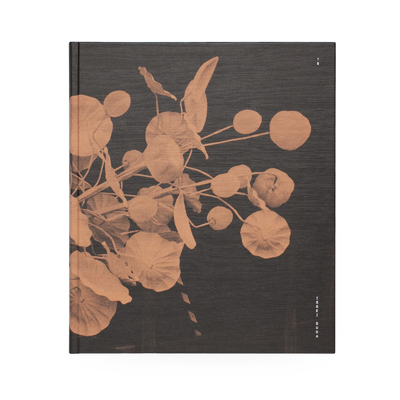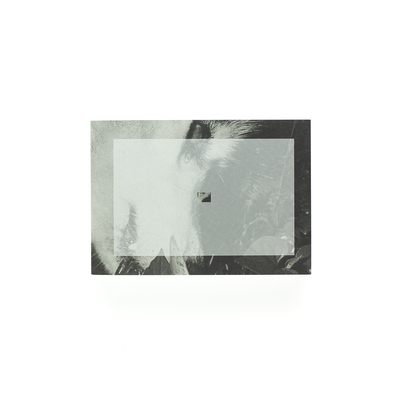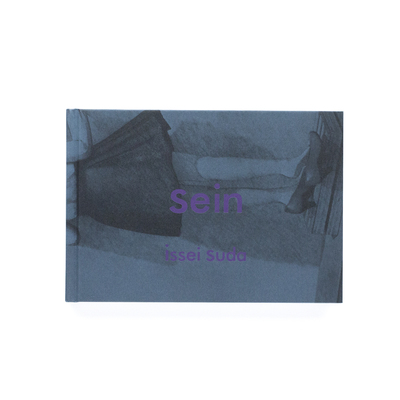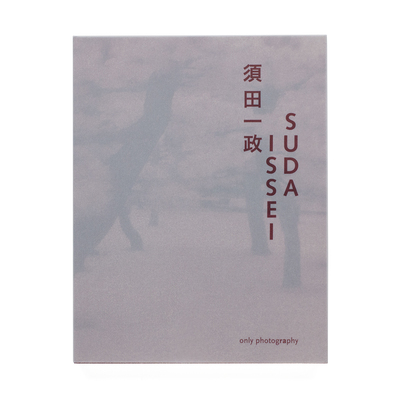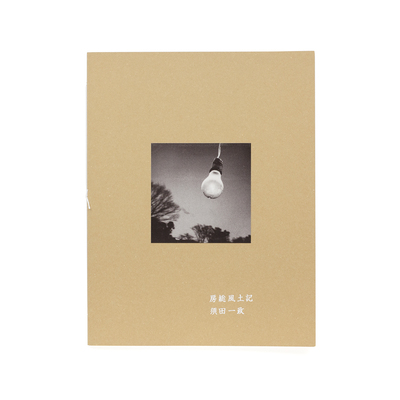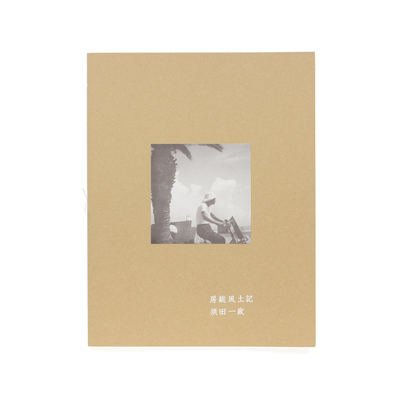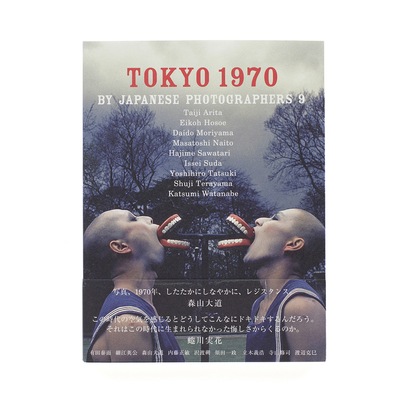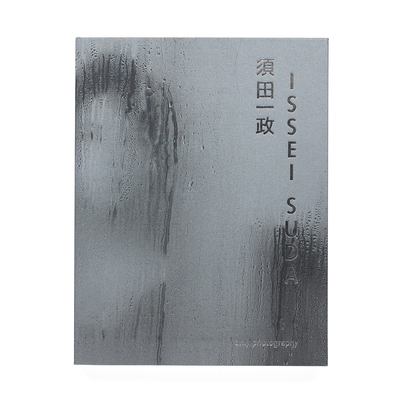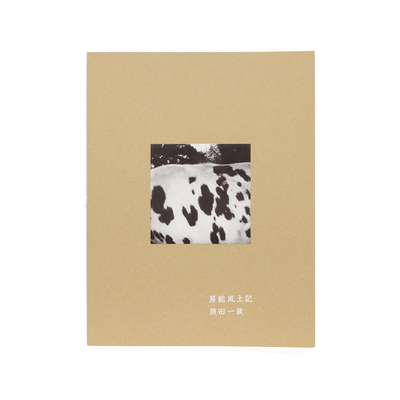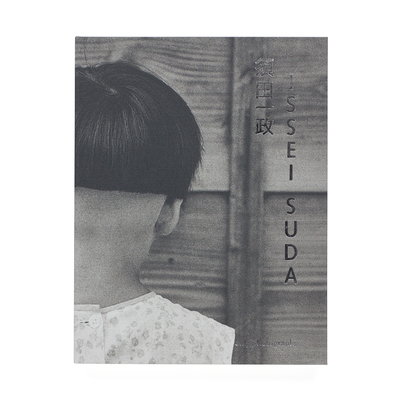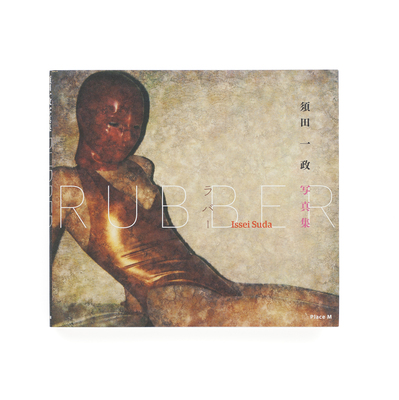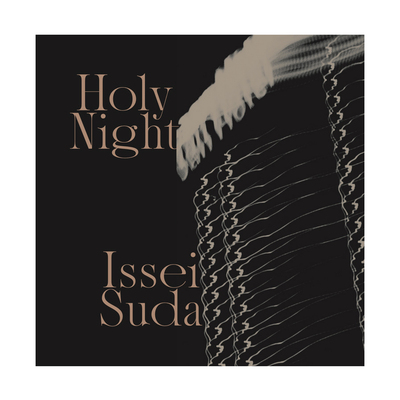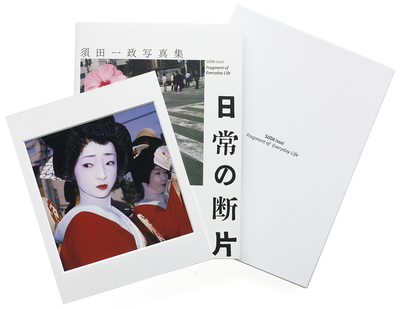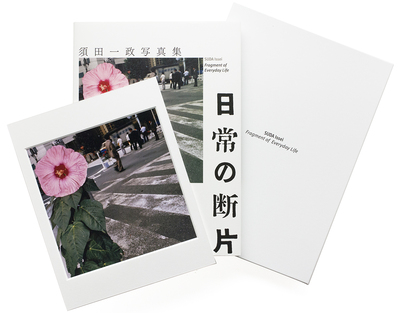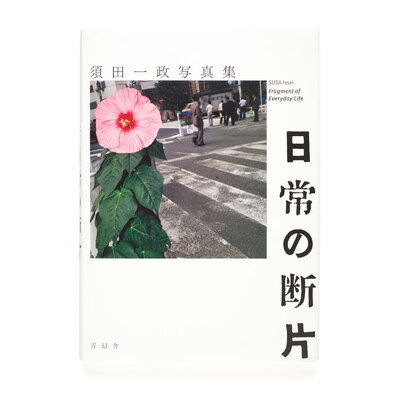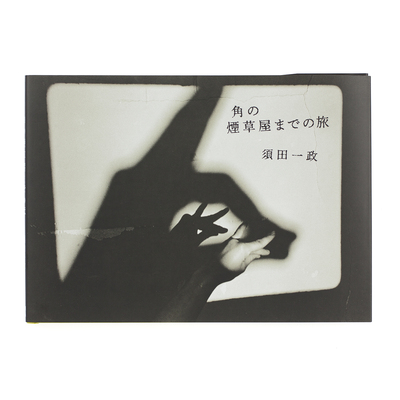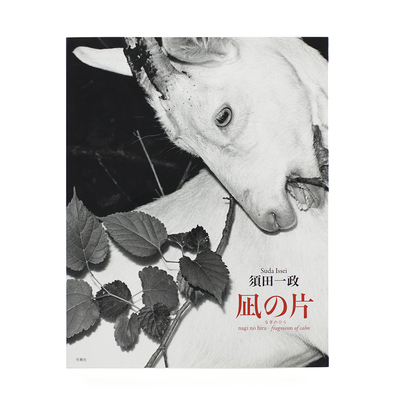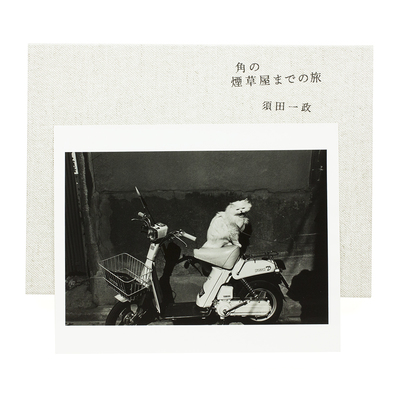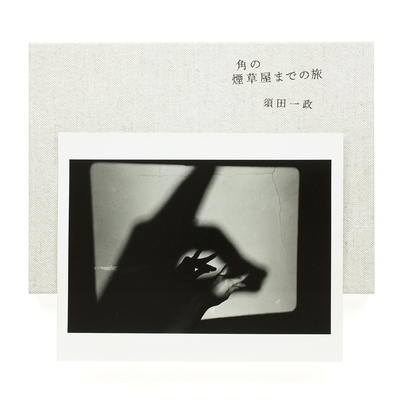Minyou Sanga
First serialised in “Nihon Camera” magazine from 1978 on, “Minyou Sanga” collects photographs about “folk songs and folk festivals”, taken by Issei Suda and the late photography critic Masao Tanaka all around Japan. Bit by bit, the life during the extraordinariness that is the Japanese folk festival (“matsuri”), and aspects of normal everyday life surface in the images.
In the dance circle, people of all ages gather together. From children, small girls and wives to mothers and elderly women, the entirety of a woman’s life unfolds in the moving circle (the same goes for the men, of course). It is a perfect kaleidoscope of the transmigration from birth to death and birth again. In the confines of the dance circle, remembering children, wives, mothers who have departed this world does not seem a strange thing. The deep emotions of a matsuri night are founded on sadness and a depth beyond imagination.
There’s a verse in Bachelard’s work “Water and Dream”: “One sees with aesthetic passion only those landscapes that one has first seen in dream.”
After a matsuri has come to its end, the feeling that it’s “all been a dream” consistently arises. Considering this, leaving countless keepsakes for the future in people’s hearts might be one of the reasons why we spend this short time apart from reality.
Wherever there is a matsuri, there are certain things that will be captured in photographs, invisible things on the other side of the matsuri.
Now in the second half of my 60s, I become overflown with emotions from photos the younger me once unknowingly took, of the other side in the circle, the side where I would be dancing today. And so I come to realise I too am but one person in the dance circle. The other side is a part within me. 30 years later, the echoes of a past journey reach my present self.
― Issei Suda “Opposite the matsuri” (January 2007)
$36.70
Checkout This item has been added to your cart.
- Book Size
- 260 × 195 mm
- Pages
- 205 page
- Binding
- Softcover
- Publication Date
- 2007
